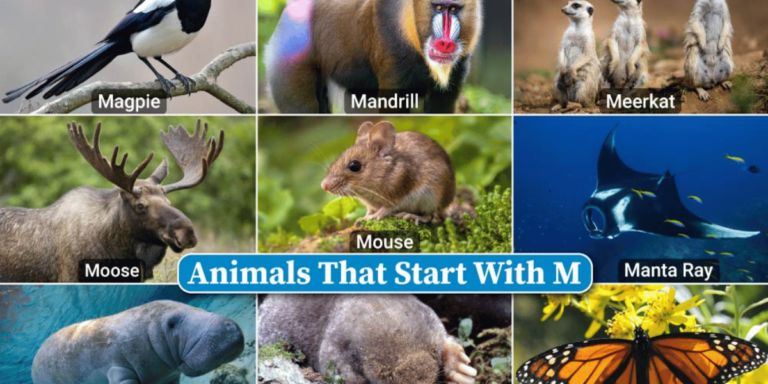Prehistoric Animals | List of Prehistoric Animals with Useful Facts

Prehistoric animals are creatures that inhabited the earth for millions of years, predating the existence of humans. They form a significant part of the planet’s history, with diverse species roaming the land, skies, and seas.
Prehistoric Animals
What are Prehistoric Animals?
Prehistoric animals, dating back more than 5,000 years and spanning millions of years, include a diverse array of species. While the term “prehistoric animals” often conjures images of dinosaurs, it’s important to note that dinosaurs were a specific group of reptiles characterized by their large size and hind legs positioned directly beneath their bodies. These animals thrived during three significant periods in history: the Paleozoic, Mesozoic, and Cenozoic eras.
Before the Paleozoic era (600 million to 240 million years ago), most life forms inhabited the seas. However, during this period, creatures emerged capable of surviving on land, including reptiles, amphibians, and insects.
The Mesozoic era (240 million to 65 million years ago) was dominated by reptiles, particularly the era of the dinosaurs. However, the extinction of dinosaurs at the end of this period is believed to have been triggered by a massive climate shift caused by an asteroid impact.
The Cenozoic era (65 million years ago to the present) marked the rise of mammals on Earth.
Some modern-day species still exhibit similarities to prehistoric animals, with crocodiles, alligators, and certain shark species being the closest living relatives to these ancient creatures.
List of Prehistoric Animals
There are a vast number of prehistoric animals that have roamed the earth over millions of years, but some of them are:
- Mammoths
- Sabre-tooth cat
- Mastodon
- Megalodon
- Paraceratherium
- Phorusrhacos Longissimus (Terror Bird)
- Procoptoden
- Titanoboa
- Uintatherium
- Andrewsarchus
- Arthropleura
- Camarasaurus
- Camelops
- Ceratosaurus
- Doedicurus
- Brontotherium
- Daeodon
- Arsinoitherium
- Megalocerus
- Pterodactyl
- Spinosaurus
- Velociraptor
- Mosasaurus
Prehistoric Animals with Facts
- The tusks of mammoths could reach lengths of approximately 16 feet. The largest mammoths stood at around 14 feet tall at the shoulder and weighed up to 10 tonnes. The canine teeth of a sabre-toothed cat could grow to about 8 inches long. The megalodon, believed to be the largest fish ever, boasted a mouth roughly 10 feet wide. Terror birds, unable to fly, stood approximately 8 feet tall, equipped with sharp claws and a hooked beak for tearing prey.
- The titanoboa, reaching lengths of about 50 feet, holds the record for the largest snake known to have existed. It is considered a relative of both the anaconda and the boa constrictor. Arthropleura, giant millipedes, were primarily herbivores as adults, although it’s speculated that the young ones were carnivorous before developing the ability to digest plants.
- Prehistoric kangaroos were unable to hop due to their size; they ran on two legs instead. Mesonychids, carnivorous creatures resembling wolves and hyenas, possessed hooves instead of feet. The ambulocetus, an ancestor of whales, featured webbed feet and a long snout, utilizing swimming techniques similar to modern whales while occasionally coming onto land.
- Initially mistaken for a reptile, the basilosaurus was, in fact, a prehistoric whale characterized by its eel-like, elongated body, but significantly larger in size.





